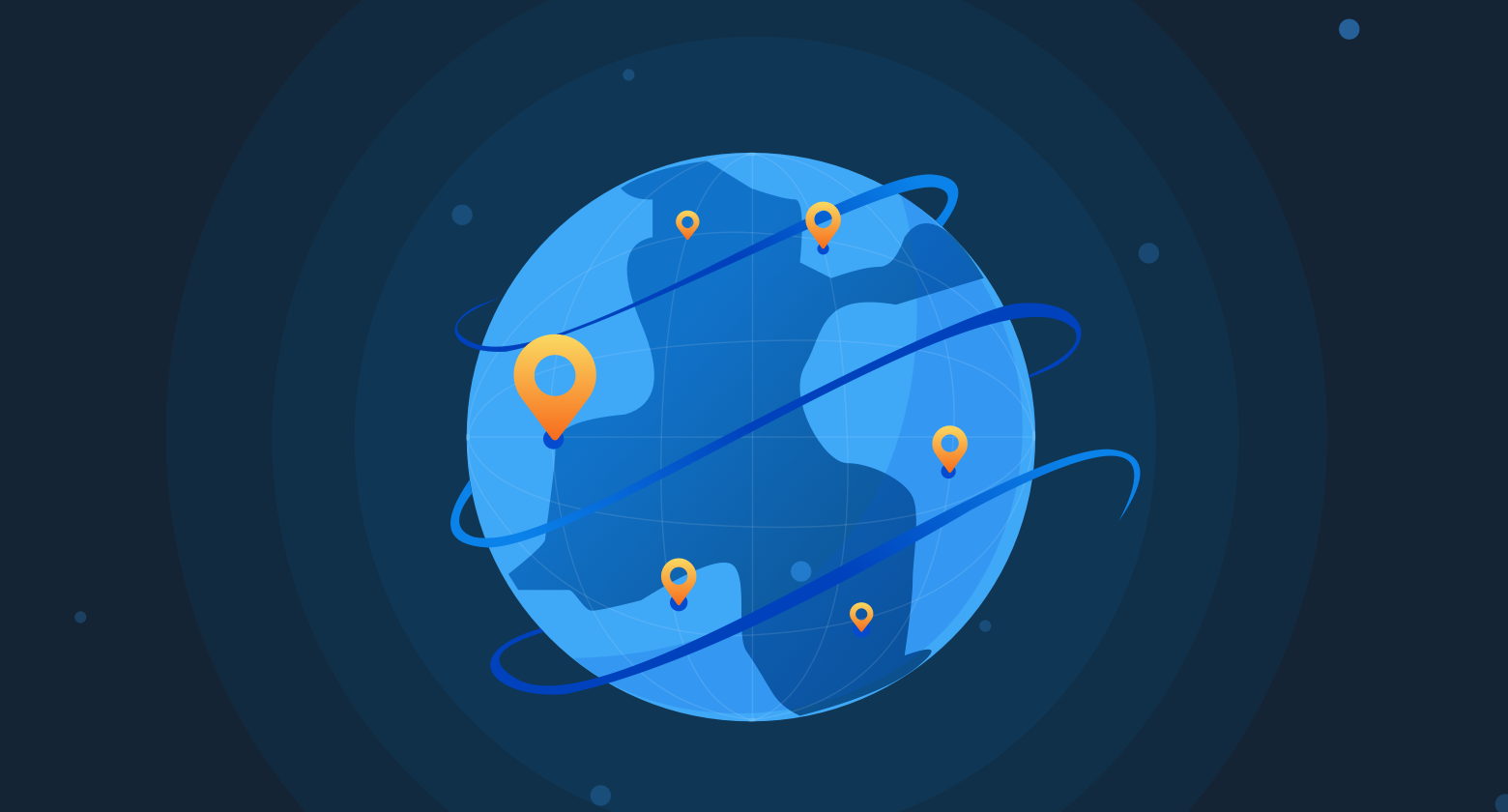
Location is a key factor in determining how a product reaches a customer. Today, businesses are able to serve customers at the right time and place, thanks to two major breakthroughs.
First, the combination of the internet and mobile together has broken the barriers of physical location, connecting customers to businesses in real time. Second, location technology in websites and mobile apps provides data on where customers are located, helping businesses to tailor relevant, location-based services and content.
This has led to a new breed of on-demand services, disruptive business models and hyper-personalized marketing. Think shopping for groceries without leaving your home, receiving promotional offers in a city while you’re on vacation, and finding the best spot to dine in a new neighbourhood.
Location-based services and marketing are thriving
Websites and mobile apps use geolocation to identify where a user is located in real time, enabling businesses to serve them better.
There are countless applications of geolocation in the market, including: geotargeting, geofencing, localization, geotagging and geoblocking. Here’s a closer look at each:
- Geotargeting serves personalized content and services to users based on their location. Examples include: Google showing nearby places when you search “restaurant”; location services like Lyft and GrubHub; country-specific versions of Amazon.com displaying different products and promos.
- Geofencing sends a notification to a customer when their mobile device enters or leaves a predefined area – the “geofence” – in order to inform or drive customer action based on relevance of proximity. Examples include: a retailer app sending coupons when a user is near a store; real-time traffic alerts on Google Maps; an airline app reminding you to view the inflight TV guide when you reach the airport for your flight.
- Localization personalizes a product or content to the native population of a specific locale. For example, creating different versions of your website or mobile app in the language, currency and timezone of a geographical region.
- Geotagging adds location data to a media file, such as photos, videos, websites and social posts, enabling users to find media and information based on its geotagged location. Examples include: photos tagged to the location of capture and Facebook check-ins.
- Geoblocking restricts access to content based on user location. This can be the result of a difference in laws between countries or distribution rights. For example, Netflix uses “geoblocking” to ensure it does not break content distribution rights from country to country.
Now that you understand how a business uses geolocation features in their website and mobile applications, let’s talk about geolocation technology.
Geolocation technology and how it works
Websites typically detect user location using IP geolocation, while mobile apps utilize GPS geolocation. The general location of website visitors, such as country, city or zipcode, can be determined based on IP addresses. Mobile apps can determine a user’s precise location down to the latitude and longitude coordinates using GPS chips, which are built into all modern-day mobile devices.
Testing is even more important for location-based scenarios
Geolocation testing is a business-critical use case. For a website or mobile app whose functionality varies based on user location, there can be different flows for every user action. Therefore, it’s important to run through different test scenarios from all locations in your target customer markets.
Failure of testing can result in bugs, such as non-functional or mis-targeted services and marketing, which lead to poor customer experiences.
Geolocation testing on BrowserStack
BrowserStack, the most reliable web and mobile app testing platform on the market, covers all your geolocation testing needs. It is also the first of its kind to enable support of global IP addresses, in addition to GPS on real devices.
The geolocation capabilities with BrowserStack enable manual and automated testing of websites and mobile apps from different locations around the world – on over 2,000 browsers and devices. You can start testing immediately with no setup, configuration or maintenance required!
IP geolocation lets you simulate user behavior from different locations by testing with secure, private IPs hosted in 45+ countries around the world.
With GPS geolocation, you can simulate the exact location of any real device on the BrowserStack cloud infrastructure. You can specify the latitude and longitude coordinates, or use Google Maps to search and pin to any location.
The ease, accuracy and completeness of geolocation testing capabilities on BrowserStack empower you to deliver quality at scale. Release with confidence knowing that various location-based user flows will work correctly for customers in each of your target markets.
The world’s your oyster when you have the power of geolocation testing at your fingertips.
